This Subgenre Is The Future Of Horror, Here’s Why
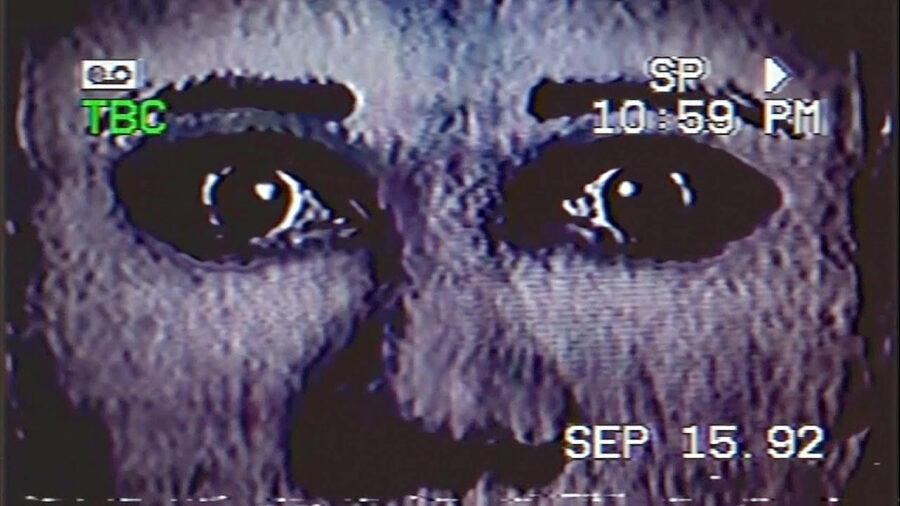
Every once in a while, I let my boredom take the wheel and I do a blind run through the questionable content that’s been on my mental rolodex for a while. This is exactly how I learned about analog horror, a subgenre that primarily exists online, takes elements from the found footage genre, and typically takes place during a time where the supposed limitations of the technology it’s trying to replicate are used in ways that make you feel you’re trapped in another dimension that’s vaguely familiar in an uncanny valley kind of way.
Like the name suggests, analog horror boast an aesthetic that’s reminiscent of VHS tapes, old personal camcorders, late-night infomercials, and just enough clever editing and storytelling to tell me that this is the future of horror as we know it.
The Infomercial Fever Dream
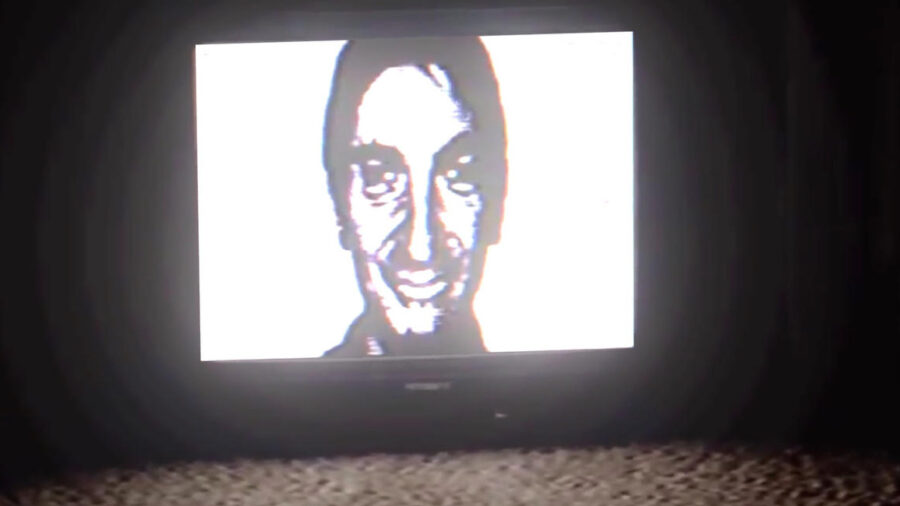
After working my way through The Mandela Catalogue, which Dread Central has referred to as “the supreme [example] of what analog horror looks and sounds like,” I have thoughts on why this subgenre would change the game if exposed to a larger audience.
Repurposing old public service announcements and archival footage, a new narrative is constructed and folded into a disturbing tale about shape-shifting creatures known as “alternates,” who psychologically torture their subjects to the point of suicide. Audio/visual glitches are used aggressively, but not egregiously, in a way that makes everything seem just ever-so slightly removed from the reality that we live in.
Through the use of these public service announcements, found footage in the form of security cameras, warped biblical cartoons, and old online chat and call logs, The Mandela Catalog will feel like a nightmarish version of something you’ve seen before, but have never actually seen. The best way I could describe the viewing experience is waking up to a glowing TV sometime in the ’90s, staring the screen in a daze, and not knowing for certain if what you’re watching is an actual broadcast, or something you’re conjuring up in your own mind while trapped in a state of sleep paralysis.
Back to the Basics
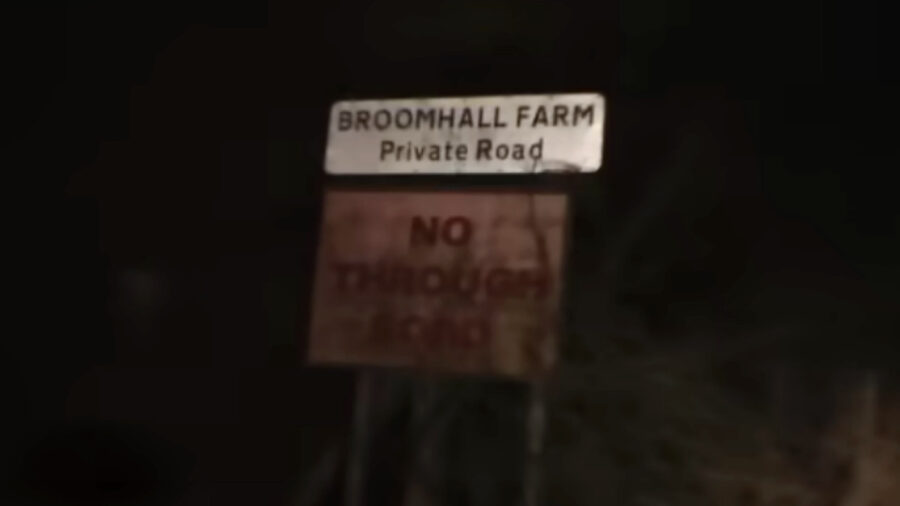
While The Mandela Catalogue is an extreme example of what analog horror can do by pushing the subgenre to its technological limits, series like No Through Road take more of a traditional found footage approach in their delivery.
Though it takes a more back-to-basics approach, No Through Road is considered to be one of the first works of analog horror that proved the concept as a viable horror subgenre. You’ll notice a lot of found footage tropes in this series of shorts that were originally popularized for a wide audience by The Blair Witch Project, like marketing the content as “actual recovered footage,” but there’s something different going on here.
We’re not following a group of kids who are filming a documentary in No Through Road, but rather kids who are trapped in a space-time loop while driving through the English countryside, desperately trying to escape. While the premise occupies borderline fantastical territory, all you see is grit, fear of the unknown, and analog technology like car radios and video cameras glitching out, creating a sense of terror that’s always looming just out of frame.
Don’t Get Lost In The Backrooms
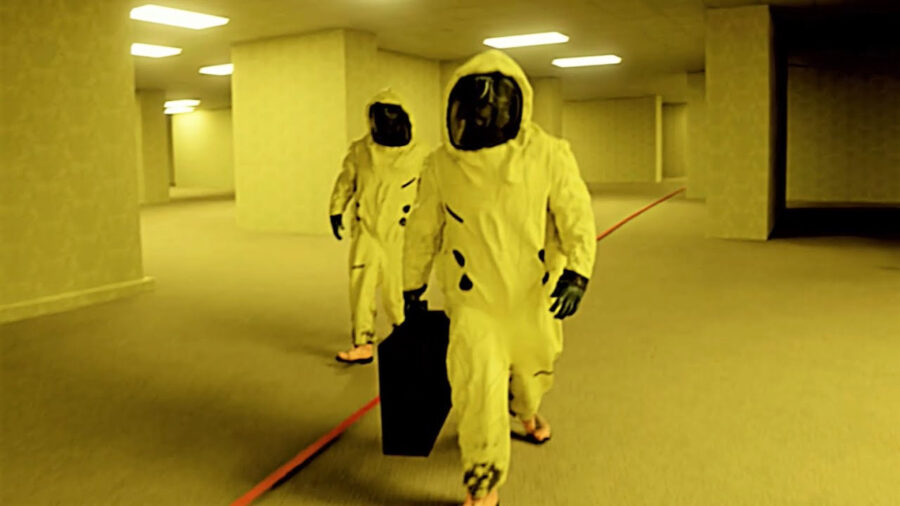
By now, you may have noticed how online users have ubiquitously started associating photos of liminal spaces with “The Backrooms,” and you can thank the Kane Parsons-created analog horror web series of the same name for this. I can’t speak for everybody, but every time I see a picture of an abandoned shopping mall, empty commercial real-estate, or a vacated suburban neighborhood, somebody is always commenting “we found the Backrooms!”
This analog horror series takes place in a fictional facility known as “the Complex,” which is a labyrinth of hallways and empty rooms created by a company called Async Research. Though the series was rendered in Blender, it’s edited to the point of looking startlingly realistic. But what’s most impressive about the lore that continually expands through The Backrooms is that it was created by a 17-year-old.
The Future Of Horror Is A Youthful Endeavor
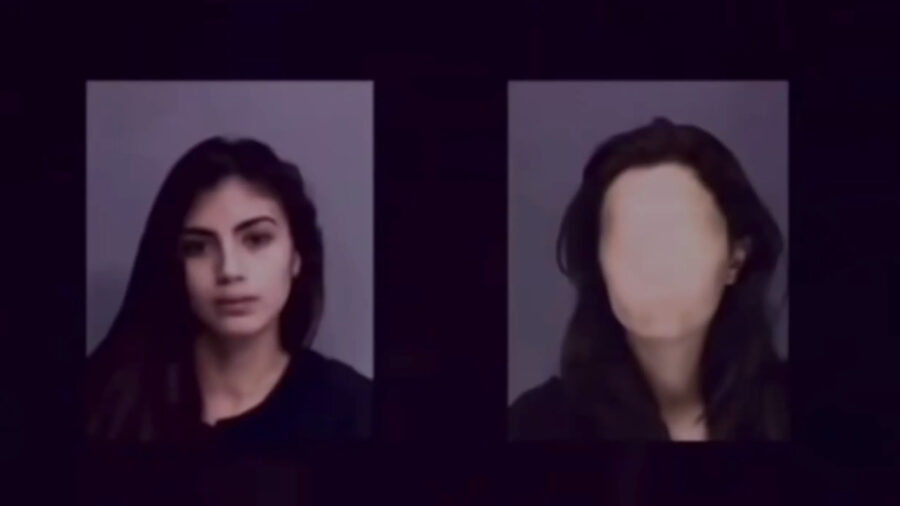
So why do I think analog horror subgenre is the future of horror? For one thing, the genre-defining works that are going insanely viral online are primarily created by teenagers who are pushing through creative boundaries with no regard for tradition. Sure, there are kernels of found footage tropes peppered throughout their work, but they’re effectively generating suspense and a profound sense of existential dread on shoe-string budgets using the technology that’s available to them in a way that still hasn’t been fully explored.
It’s easy to write off web series that are uploaded directly to YouTube as not legitimate art, and I’m guilty of doing this myself. But when I came to the realization that most animation I watch is from up-and-comers without proper studio backing (MeatCanyon, for example), it dawned on me that there are some absolutely unhinged creators out there who are boot-strapping their passion projects because they’re so ahead of their time that studios haven’t picked up what they’re throwing down yet.
We Need A Theatrical Release
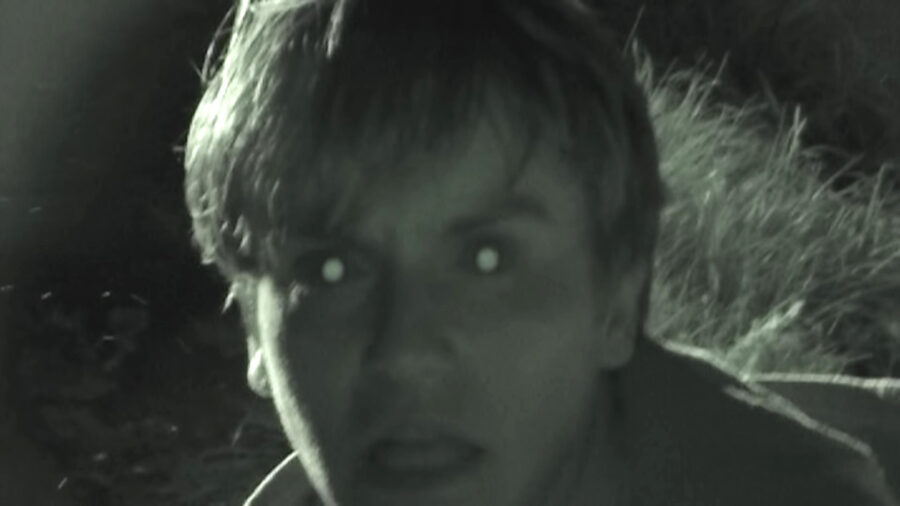
Fortunately, there has been a considerable amount of buzz about A24 winning the bidding war so they can adapt The Backrooms into a feature-length film, and honestly, I’m here for it. While the project has been reported to be on hiatus as of January 2023, I’m holding out hope that analog horror will make its way from the internet to the big screen, because I am 100 percent confident that this will be the next big thing if it gets the exposure it deserves.











